IEA – The International Energy Association has given a holistic overview of the energy system and the key pillars of global decarbonization needed in achieving the net zero scenario by the year 2050.
As part of tracking clean energy progress, a report by the International Energy Association has stated that the goal towards achieving a speedy reduction in CO2 emissions which is required in the net zero scenario by the year 2050 requires a vast spectrum of policies, technologies, collaborations and innovations.
The report listed the key pillars of decarbonization of the global energy system to include energy efficiency, behavioural changes, electrification, renewables, bioenergy, hydrogen and hydrogen-based fuels, and carbon capture and storage.
These CO2 mitigation levers as mentioned by the IEA are said to cut across multiple sectors and should be advanced in a holistic manner by capitalizing on the synergies. It also added that the key strategies to advance decarbonization includes innovation, international collaboration, and digitalization which will be crucial to accelerating clean energy transitions; as well as offering of recommendations needed to continue advancing clean energy tracking progress.
These key pillars of global decarbonization of the energy system as reported by the IEA are as summarized with recommendations thus –
Energy Efficiency
That to get on track with the Net Zero Scenario, the rate of improvement in global energy intensity needs to be two to three times higher than historical rates and increase to just over 4% per year between 2020 and 2030 and whilst all measures to avoid energy demand may help improve energy intensity, the energy performance of specific technologies – Energy efficiency is said to be the single largest measure needed to avoid energy demand in the Net Zero Emissions by 2050 Scenario, along with the closely related measures of electrification, behavioural change, digitalization and material efficiency.
Behavioural Changes
Behavioural changes is also reported by the IEA to play a pivotal role in the Net Zero Emissions by 2050 Scenario, cutting CO2 emissions and reducing energy demand growth. These changes in behaviours can be said to improve both wellbeing and public health; and can address the three main challenges to decarbonization: existing carbon-intensive assets, hard-to-abate sectors and the rapid growth in clean energy supply.
Typically, behavioural changes according to the report by IEA are the ongoing changes in energy consumption by end – users and in their everyday lives, which also tackles excessive or wasteful energy consumption. This behavioural changes in the Net Zero Scenario as stated by the IEA also addresses equity issues and the wide gulf between the disproportionately high per-capita energy used in developed countries and that in developing economies; and to achieve behavioural changes, there is that need for gradual shifts in lifestyles and opinions which will require a very timely, clear, concise and consistent policy interventions and investment.
Electrification
With a sufficiently great potential to reduce emissions and decarbonize energy supply chains, the IEA report on tracking clean energy system progress mentioned electrification as being an important strategy to reaching the net zero goals. This is because the more energy end user become electrified, the share of electricity in total final energy consumption increases in the Net Zero Emissions by 2050 Scenario from 20% in 2021 to 27% in 2030; and much of this according to the report can be met by the shift towards electric transport and the installation of heat pumps.
Renewables
When discussing about clean energy transitions, one of the foremost things that come to mind is renewables. Renewables are reportedly responsible for over one-third of the CO2 emission reductions between 2020 and 2030 under the Net Zero Emissions by 2050 Scenario. According to the report by IEA;
The deployment of renewables in the power, heat and transport sectors is one of the main enablers of keeping the rise in average global temperatures below 1.5°C.
The report mentioned that solar, wind, hydro, geothermal and ocean energy use needs to expand significantly faster to get on track with the Net Zero Scenario. These sources of renewable energy according to the report need to increase their share of total energy supply from just over 5% today to approximately 17% by 2030; and to achieve this, the annual renewable energy use has to increase at an average rate of about 13% during 2022-2030, twice as much as over 2019-2021; the report said.
You may also want to read – Everything you need to know about renewable energy
Bioenergy
Bioenergy is a source of energy from the organic material that makes up plants, known as biomass which contains carbon absorbed by plants through photosynthesis. When this biomass is used to produce energy, the carbon is released during combustion and simply returns to the atmosphere, thus making modern bioenergy a promising near zero-emission fuel.
Modern bioenergy is also said to be the largest source of renewable energy globally having a 55% share of the global production of renewable energy in 2021 and is on an upward trend with more efforts needed to accelerate deployment to get on track with the Net Zero Scenario and to see that deployment increases by 10% per year between 2021 and 2030, while also ensuring that production does not incur negative social and environmental consequences.
Hydrogen
The IEA report in its expound on hydrogen and its derivatives noted the important role it should play in the decarbonization of those sectors where emissions are hard to abate and alternative solutions are either unavailable or difficult to implement, such as heavy industry, shipping, aviation and heavy-duty transport.
The demand for hydrogen according to the report has grown in new applications, although from a very low base, reflecting accelerated deployment of fuel cell EVs, particularly in heavy-duty trucks in China; and some key new applications for hydrogen are showing signals of progress, particularly in the steel sector where announcements for new projects are growing fast just one year after the start-up of the first large pilot project for the use of pure electrolytic hydrogen in direct reduction of iron.
In transport, the reported noted that the first fleet of hydrogen trains started operating in Germany and major shipping companies have also signed strategic partnerships to secure the supply of hydrogen and its derivative fuels in the short term and on the supply side, electrolyzer manufacturing capacity has doubled since last year, reaching nearly 8 GW per year; and the realization of all the projects in the pipeline according to the report could lead to an installed electrolyzer capacity of 134-240 GW by 2030, twice the expectations from last year.
Carbon Capture, Utilisation and Storage
IEA report reasons that the Carbon capture, utilization and storage (CCUS) which refers to a suite of technologies that play diverse roles in meeting global energy and climate goals involves the capture of CO2 from large point sources, like power generation or industrial facilities that make use of either fossil fuels or biomass as fuel.
It explained that CO2 can be captured directly from the atmosphere and when not used on-site is compressed and transported by pipeline, ship, rail or truck to be used in a range of applications, or injected into deep geological formations (including depleted oil and gas reservoirs or saline aquifers), which can trap the CO2 for permanent storage.
It also mentioned that in the Net Zero Emissions by 2050 Scenario, the vast majority of the captured CO2 is stored.
The report on CCUS concluded that the growing recognition of CCUS technologies’ role in meeting net zero goals is translating into an increased policy support as in the case of the United States, where the Inflation Reduction Act (IRA) of 2022, coupled with funding under the Infrastructure Investment and Jobs Act, is expected to incentivize greater CCUS deployment.
Clean Energy Innovation
Innovations in the clean energy technologies according to the IEA report predicates on need for clean energy to accelerate to get on track with the Net Zero Emissions by 2050 Scenario. It insisted that the path to 2050 relies on technologies that are not yet ready for widespread uptake, particularly in sectors that are hard to decarbonize such as heavy industry and long-distance transport.
International Collaboration
According to the report, International collaborations and treaties are vital to getting the world on track with the Net Zero Emissions by 2050 Scenario. It stressed particularly on the need for decarbonizing heavy industry and the long-distance transport sectors, given that they are often highly traded, they serve the global markets and their net zero transition involves the massive deployment of technologies under development today; and without a well-targeted international collaboration as rightly mentioned by the report, energy transition in these sectors could be delayed by decades.
Digitalization
In total submission to the report on digitalization, Digital technologies and data was said to hold tremendous potentials towards accelerating clean energy transitions across the energy sector at a faster pace.
In electricity systems, digital technologies can help integrate increasing shares of variable renewables and improve the reliability of grids, while in end-use sectors they can improve energy and material efficiency and reduce emissions; according to the report.



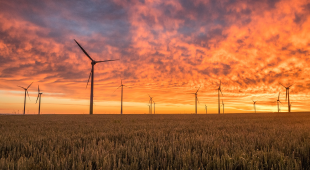
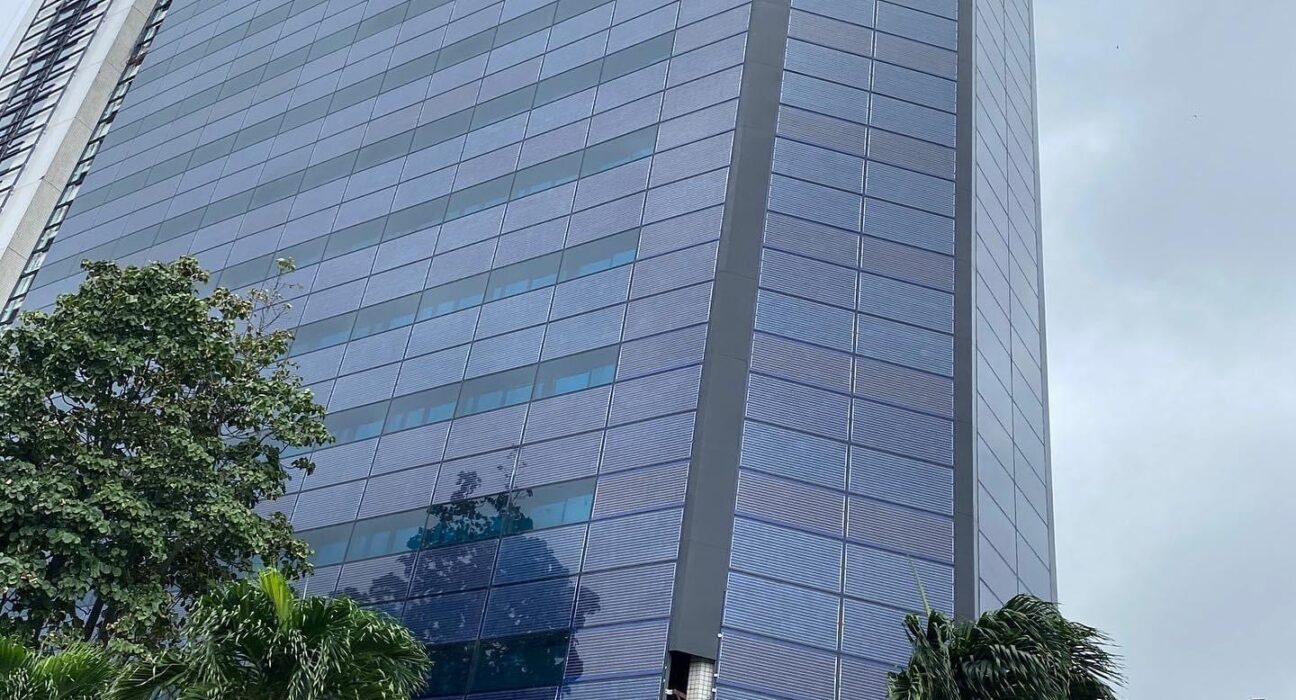
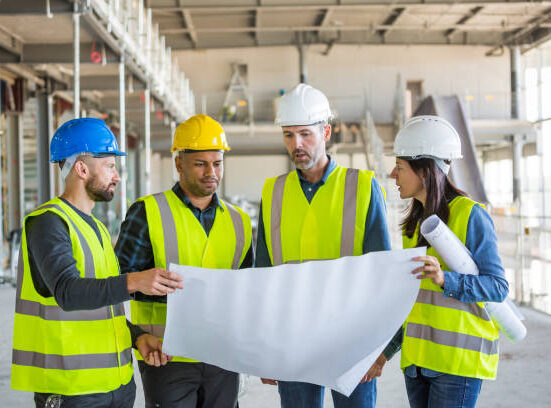
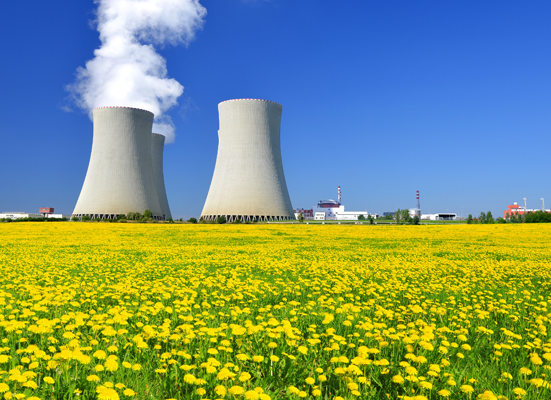

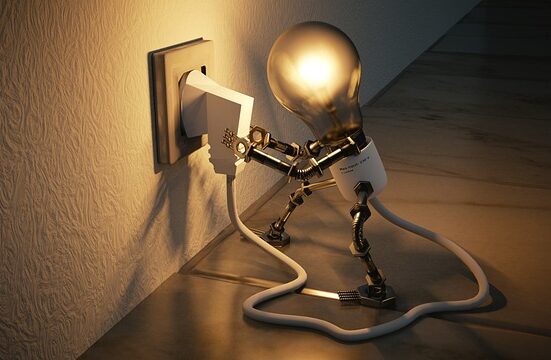
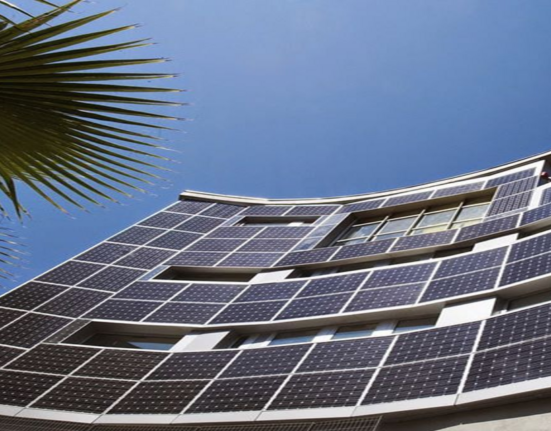
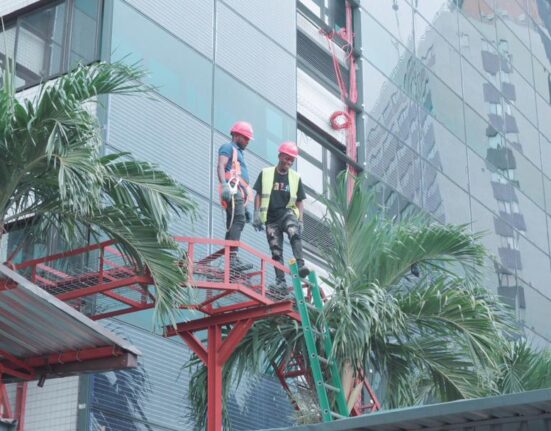
Leave feedback about this